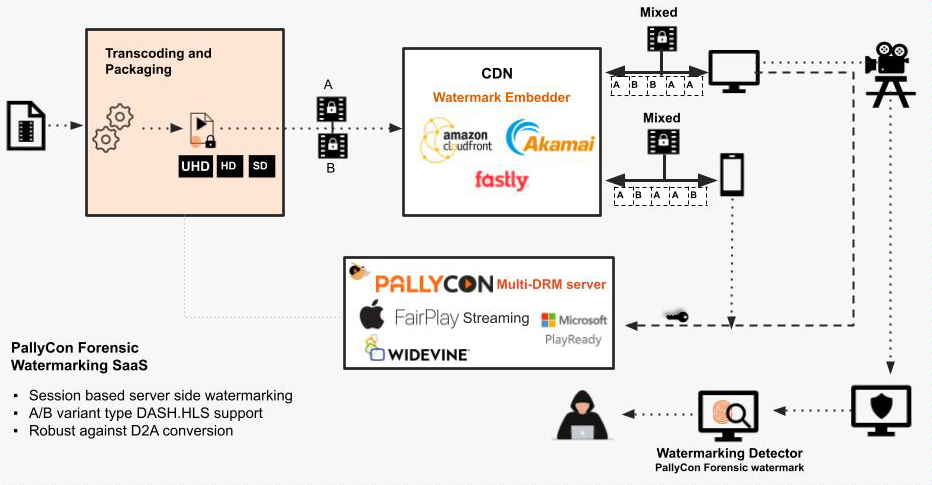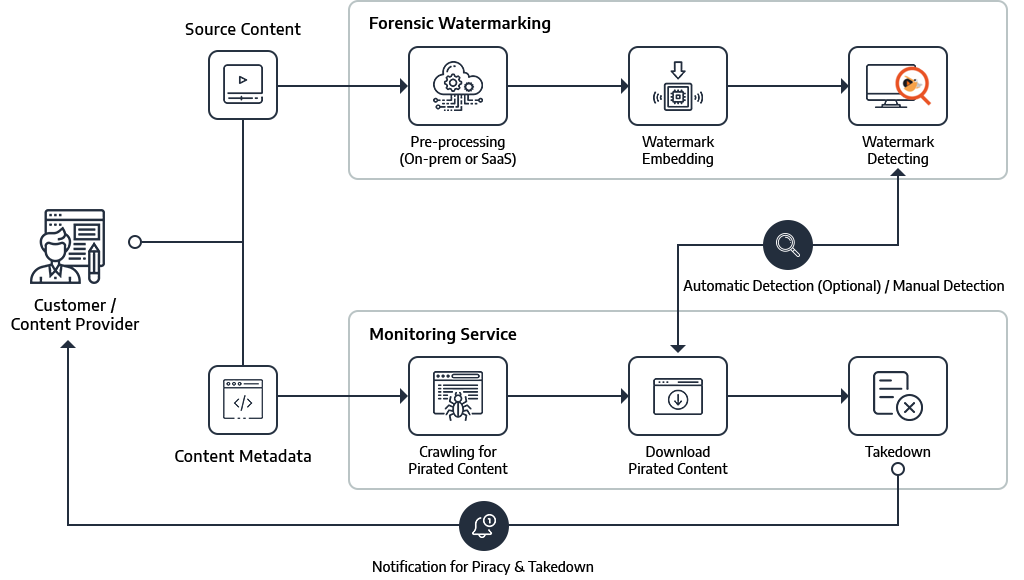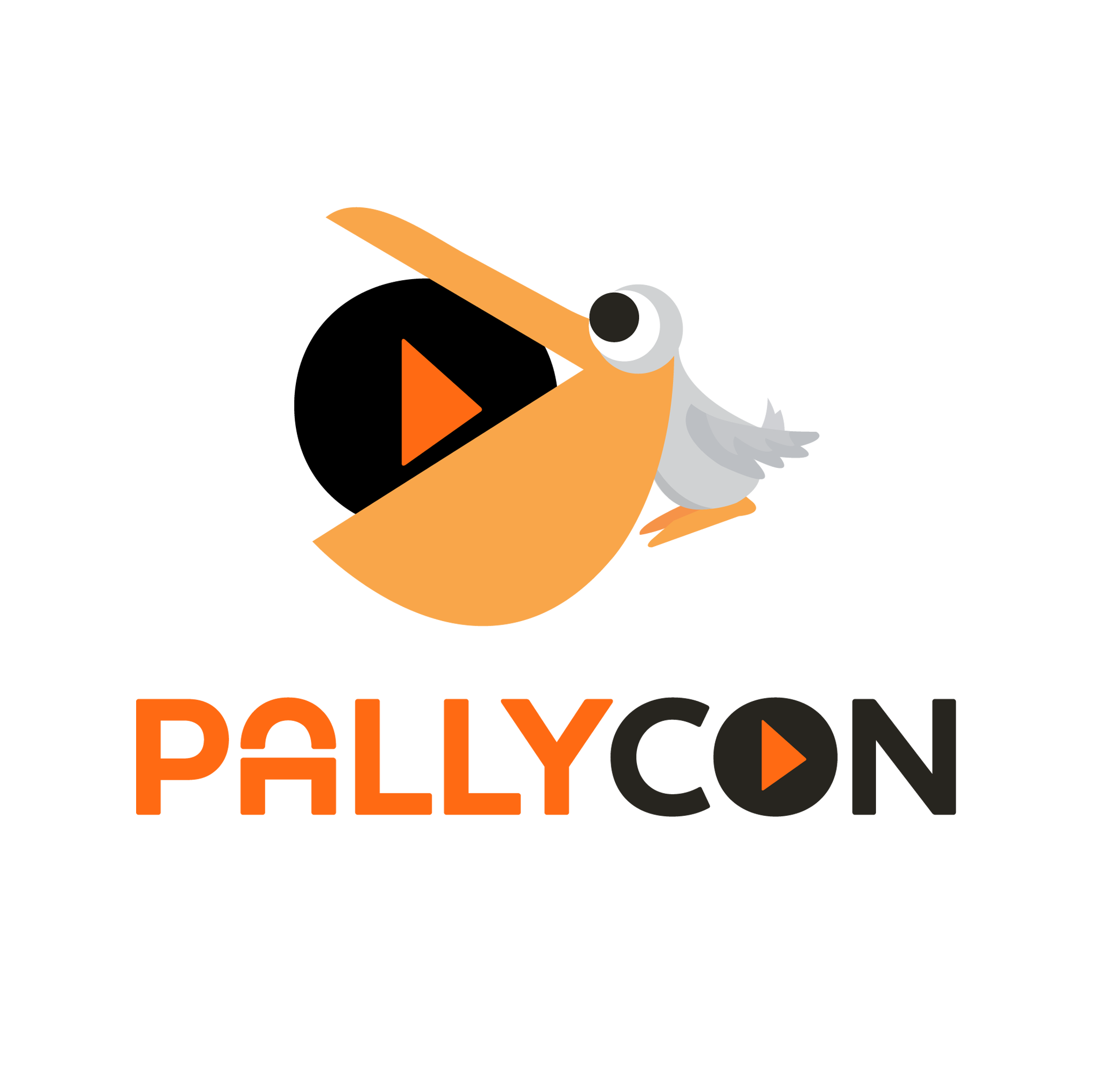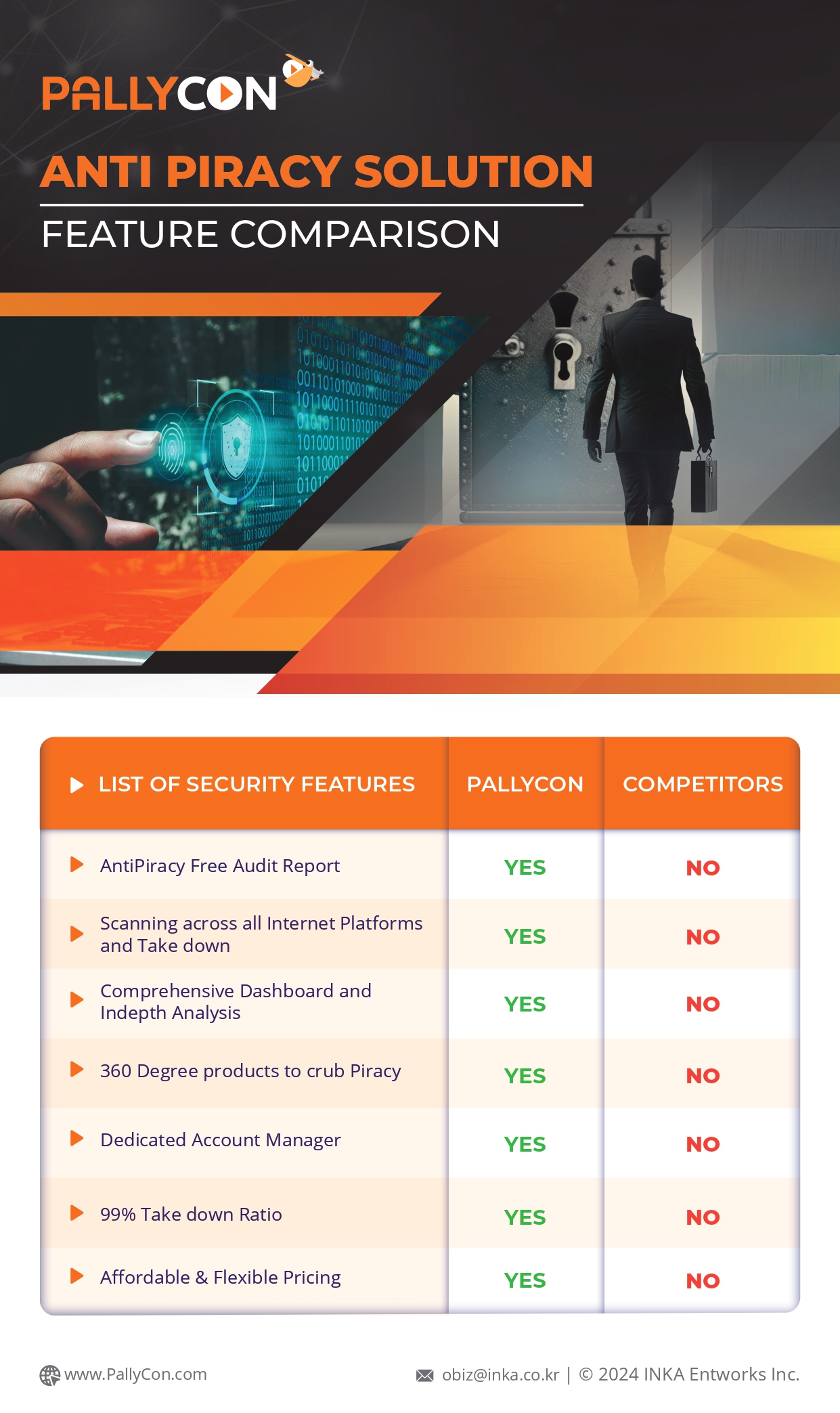
Pain Points and Solutions of Online Education Services in India
Online Learning Platform – Introduction
The online learning service industry in India has seen significant growth in recent years as more and more students and educators turn to the internet for learning resources. There are a number of online learning platforms in India, offering a variety of services such as self-study courses, live lessons, and tutoring. Many of these learning platforms offer courses in a variety of subjects, including computer science, medical, engineering, business, self improvement, spiritual and humanities.
One of the major benefits of online learning in India is that you can access high-quality education from anywhere in the country. This is especially useful for students in remote or rural areas who may not have access to the same educational resources as students in urban areas. Online education also allows students to learn at their own pace, making it a flexible option for busy individuals.
However, there are also some challenges facing India’s E-learning Industry. One problem is content piracy, which can lead to severe loss of revenue for even the best online learning platforms. Another concern is the lack of a reliable internet connection in some locations, which may make it difficult for students to fully engage in online courses.
You may like to read – How Content Security Helps TVOD (Transaction Video On Demand)
Overall, the online education industry in India is an important and growing sector with new opportunities for students and educators alike.
1- Technical Challenges of E Learning Industry in India
Challenges for Content Security and Piracy
India’s online education services industry has several technical challenges related to content security and piracy. Some of these are:
-
-
Unauthorized Access to Course Materials:
Without proper security measures, it is easy for individuals to gain unauthorized access to course materials such as videos, readings, and assignments. This can result in content being shared or sold on the Internet, resulting in loss of revenue for service providers.
-
Downloading and Sharing Course Materials:
Some students may intentionally or unintentionally attempt to download and share course materials using authorized user accounts. This can lead to loss of revenue for service providers, similar to the unauthorized access issue.
-
Screenshots and Screen Recordings:
While individuals are viewing course materials and videos, they can easily take screenshots or record their screens to share or sell online.
-
Visible watermark:
To protect and trace the source of illegal content sharing, visible watermarks with register user /email ids are added at the player end but this method is fragile and can be easily bypassed to remove watermark.
-
Learn how to effectively combat screen recording piracy in our post ‘Choose Your Weapon to Fight Screen Recording Piracy’
To address these challenges, E Learning Platforms can implement digital rights management (DRM) software and technological measures such as watermarks to protect their content. It is also important that online education providers clear communication about their policies against content sharing and piracy to students and take steps to enforce these policies.
2- Challenges for Supporting VOD and Live
Similar to over-the-top (OTT) services serving entertainment or sports content, online education services need to support both video-on-demand (VOD) and live streaming to deliver educational video content.
There are several technical challenges that can arise when supporting video on demand (VOD) and live scenarios in India’s E Learning industry.
-
Internet Connection:
A reliable Internet connection is essential to providing quality online education. However, Internet connectivity can be difficult in some parts of India, especially in rural or remote areas. This can make it difficult for students to access lecture materials or participate in live classes.
-
Bandwidth Constraints:
Online education can be resource intensive, requiring large amounts of data to be transferred between students and education providers. This can be an issue in regions with limited bandwidth, which can result in slow loading times or poor video quality.
-
Device Compatibility:
Online training materials including video streams may need to be accessed from a variety of devices, such as laptops, tablets, and smartphones. Ensuring course materials are compatible with these various devices can be a technical challenge.
-
Scalability:
Online learning platforms may need to support large numbers of students simultaneously, which can strain servers and other technical infrastructure. Ensuring that your technology infrastructure is scalable enough to support this demand can be challenging.
To address these technical challenges, Online learning platforms may need to invest in a robust technological infrastructure, such as high-quality servers and fast internet connections. You may also need to optimize course videos for different devices and work with third-party solution providers to ensure the platform is scalable and standard-based.
Explore our in-depth analysis titled ‘Analysis of VOD Piracy in OTT’ to gain valuable insights into the landscape of VOD piracy within the OTT industry.
3- Challenges for Integrating Content Security Solutions
Integrating third-party content security solutions can be challenging to online education services providers for the following reasons:
-
Compatibility with existing systems:
It is important that the content security solution is compatible with the systems and platforms E Learning providers are already using. Incompatible solutions can cause outages, require significant time and resources to integrate and bad reputation.
-
Implementation costs:
Implementing a content security solution can be expensive, as it requires the purchase of new hardware and software and training of staff. This can be a challenge for smaller training providers with limited budgets.
-
Maintenance and Updates:
Content security solutions require regular maintenance and updates to effectively protect content. This can be a technical challenge as managing and maintaining the solution requires resources.
-
Time to Market:
Integration of the Content security solutions without proper knowledge, documentation is complex and affects the launch of the services.
To address these technical challenges, Online learning platforms may consider working with third-party providers that specialize in content security solutions. These providers can help you implement and maintain your solution, as well as provide training and support to ensure that your solution is used effectively.
Additionally, online course platforms may consider implementing a combination of technical and non-technical measures to protect their content. This may include measures such as implementing clear content security policies using digital rights management (DRM), forensic watermarking, and anti-piracy service.
Solutions for Online Learning Platforms in India
PallyCon is a content security software as a service (SaaS) provider that offers Multi-DRM, Forensic Watermarking, Transcoding & Packaging (T&P), and Anti-Piracy services to help online media service providers protect their content.
- Multi-DRM refers to the use of multiple digital rights management (DRM) technologies to protect content from unauthorized access and distribution.
- Forensic Watermarking involves embedding a unique, invisible watermark into each piece of content and playback session, which can be used to trace the source of pirated video contents. It is server side watermarking and imperceptible being more secure than visible watermark solution
- Transcoding & Packaging provides content transcoding and packaging functions and content security based on easy-to-use cloud-based SaaS.
- Anti-Piracy offers technologies and strategies that are used to prevent content from being pirated or shared illegally.
Multi-DRM SaaS for Security, Compatibility, and Scalability

PallyCon’s multi-DRM solution allows online education providers to protect their content by encrypting it and controlling access using a variety of DRM technologies. This helps to prevent unauthorized access and distribution of the content with cutting-edge content security technologies as follows:
-
Native and hardware level DRM for high security
- PallyCon Multi-DRM supports Microsoft PlayReady, Google Widevine, and Apple’s FairPlay DRM, allowing most client platforms on the market to utilize native DRM implementations.
- Service providers can enforce hardware-level DRM policies in supported client device environments (e.g. Android with Widevine L1 DRM) to comply with content owners’ enhanced content security requirements.
- Screen recording can be prevented on most client environments by utilizing the platform-native DRM implementation.
-
Standard-based DRM for the best device compatibility
- PallyCon Multi-DRM solution is based on industry standards such as Encrypted Media Extensions (EME) and DASH/HLS/CMAF stream formats.
- It enables DRM support on most client devices and web browsers without any plug-ins or significant development effort.
- If you want to support other devices and various contents (e-books, images, etc.) that multi-DRM cannot support, PallyCon can help by providing its own DRM called NCG.
-
Industry-leading Reliability and Scalability
- Built on the AWS global infrastructure, PallyCon Multi-DRM ensures the stability and scalability of DRM license issuance in all regions and countries. This is important to support large-scale online education services with VOD and/or live scenarios.
- Single-tenant (dedicated) systems and throughput-per-second (TPS) pricing can be used to further increase the reliability of services at scale.
-
Mobile client SDKs for both streaming and download/offline scenarios
- PallyCon’s DRM client SDKs for iOS and Android make it easy to integrate multi-DRM with mobile applications.
- The SDK library and sample code supports both streaming and download/offline scenarios which can solve internet connectivity and bandwidth issues in India.
-
Cross-platform development with offline playback support
- PallyCon provides DRM stream playback samples for popular cross-platform application development frameworks such as Flutter and React Native.
- Client SDKs for Flutter and React Native to support download and offline playback scenarios will be released this year (2023).
-
Easy-to-use service and world-class support with pay-as-you-go pricing
- PallyCon is recognized as the easiest-to-use content security service in the market. Considerably reducing the time to market without any complexity. Detailed guide documents, videos and sample codes are available online to assist customers with the integration.
- For technical troubleshooting, you can ask questions on our Helpdesk and get answers or online sessions from our technical support engineers based in India 24/7.
- Regardless of the size of your business, you only pay for what you use, with no upfront or maintenance/support costs.
- Support of SPEKE API’s makes integration simple, easy and seamless
Forensic Watermarking SaaS for Enhanced Security

PallyCon Forensic Watermarking solution can be used to trace the source of any pirated content, which can be helpful in enforcing copyright and taking legal action against infringers.
PallyCon Forensic Watermarking is easy to implement and can be integrated seamlessly into an online education provider’s existing systems and platforms. The solution is also highly effective at detecting and tracking pirated content, making it a valuable tool for enforcing copyright and taking legal action against infringers.
-
Robust watermarking for course video contents
- PallyCon Forensic Watermarking product has completed Farncombe Security Audit™ Watermark by Cartesian against various attacks such as reencoding, cropping, filtering, and camcording
- Compliance with MovieLabs Specification for Enhanced Content Protection
-
Easy and quick adoption of watermarking
- Pre-integrated with leading CDN vendor such as Cloudfront, Akamai and Fastly for streaming watermarked content
- Using APIs the Forensic watermark service can be easily incorporated in the existing online education service workflow
-
Session-based server-side watermarking
- Real-time dynamic watermark insertion with end-user ID or device, IP-Address information on the edge server
- Insertion of watermark is processed on server side only. No need to integrate 3rd party client player solutions
Discover the powerful protection of forensic watermarking in your battle against content piracy by delving into our informative article, ‘Forensic Watermarking – The Armor Shield in your Fight Against Content Piracy‘.
Transcoding & Packaging for Easy and Quick Adoption
PallyCon Transcoding & Packaging (T&P) is a cloud-based software as a service (SaaS) that provides content transcoding and packaging functions, as well as optional content security measures such as multi-DRM and forensic watermarking in a single workflow. The service is designed to help online education providers convert their original content into a stream format suitable for over-the-top (OTT) services, such as DASH or HLS with different resolutions supporting a myriad of devices.
One of the main benefits of PallyCon T&P is its ability to process and deliver content quickly and efficiently without any additional hardware setup. The service is designed to handle large volumes of content, making it ideal for use by online education providers with a large number of students and a wide range of course video materials.
In addition, PallyCon T&P offers a range of content security features that can help to protect content from unauthorized access and distribution. Within a couple of minutes a content can be transcoded to various resolutions, encrypted with multi-DRM technologies and forensic watermark embedded. Using the CDN edge embedders a unique watermarked stream of content can be delivered to each device thereby helping to trace the source of content leak.
Overall, PallyCon T&P is a powerful and effective solution that helps online education providers to deliver high-quality content to their students while protecting their materials from unauthorized access and distribution.
Uncover the essential knowledge about multi-DRM technology and its role in content packaging by reading our enlightening article, ‘Content Packaging – 5 Things You Need to Know About Multi-DRM Technology‘
Anti-Piracy SaaS for Detection and Reaction on Piracy

PallyCon Anti-Piracy is a content security solution that helps online learning platform prevent their content from being illegally shared or distributed. This solution uses a combination of technologies and strategies to detect and block unauthorized access and distribution of content.
Features of PallyCon Anti-Piracy include:
-
Real-time monitoring:
The solution continuously monitors for signs of unauthorized access or distribution of content, alerting training providers to potential piracy threats.
-
Advanced detection algorithms:
PallyCon Anti-Piracy uses advanced algorithms to accurately detect and track pirated content, ensuring that only authorized users have access to the material.
-
Integration with existing systems:
PallyCon Anti-Piracy integrates easily into existing systems and platforms of online education providers, making it simple to implement and use.
Learn how to secure your OTT content with multi-DRM and forensic watermarking in our article – ‘Securing OTT Content with Multi-DRM & Forensic Watermarking’.
Dont miss out on our case studies of best online learning platform in our case studies.
Conclusion
Overall, PallyCon’s content security SaaS service is designed to help online learning platforms in India and elsewhere to resolve the technical challenges of protecting their content from unauthorized access and distribution. By implementing these solutions, education providers can help to ensure that their content is secure and that they are able to monetize their materials effectively.

PallyCon provides cloud-based SaaS multi-DRM solution and Forensic Watermarking service. Cloud services built on AWS enables you to use services in the cloud. Get started contents protection quickly and easily with PallyCon.
